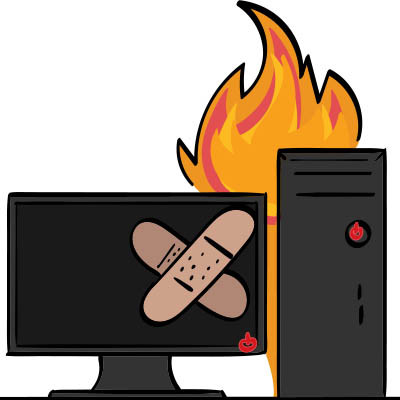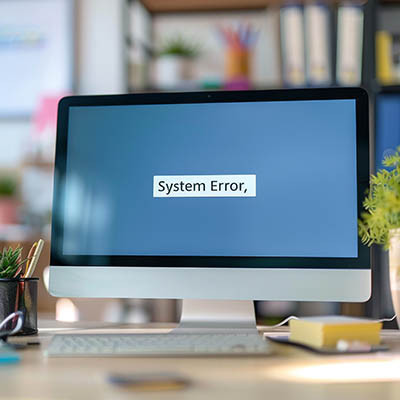Imagine owning an elevator that you would only service if it broke down? Sounds ridiculous, right? Well, that’s exactly what businesses do when they rely on a break/fix IT strategy.
Break/fix IT means waiting until something goes wrong before calling in the experts. While this might seem like a cost-saving move, in reality, it’s a fast track to frustration, downtime, and lost revenue. Let’s break down why this approach makes no sense in today’s business world.




















